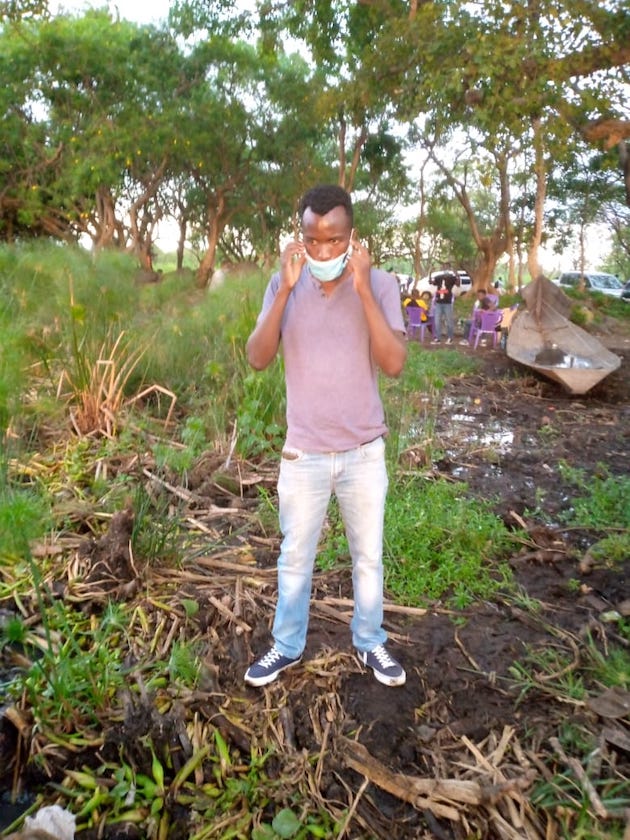HOUSTON, July 14, 2022 (GLOBE NEWSWIRE) — EXCEL ("EXCEL") Petrleos Internacionales del Caribe ("PIC") and its operating division in Mexico, Petrleos Internacionales del Caribe Inc., Sucursal Mxico ("PICMEX") jointly announced today the signing of a Strategic Engineering, Procurement and Construction Partnership, "Exclusive Agreement" with PIC for the engineering, procurement and construction of PIC's key Export Facilities in Houston, TX together with GLM compressed storage systems for various fuels and key gas pipelines forward positions for the required fueling elements for its Maritime and Terrestrial Operations. The operations will be vital to the US, the Americas and the United Mexican States with PIC one of kind solutions with its other key partnerships.
The Strategic EPC Partnership between PIC and EXCEL represents a significant investment milestone in the commercialization of the export facilities and receiving terminals, as it signals the commencement of project specific pre–FEED (Front End Engineering Design) studies by PIC for the delivery of its maritime and terrestrial operations that will ensure uninterrupted shipments by PIC and its other global partnerships for decades to come.
These studies will cover the design of the production and export terminals, receiving terminals and plants, along with the Fleet that will be built to transport and deliver fuel to PIC's markets in Mexico and throughout the Americas. Following completion of the pre–FEED studies and Final Investment Decision (FID) by PIC and EXCEL, PIC and its consortium partners will undertake the FEED for final design and construction for the projects in Mexico that PIC has positioned thus far with its consortium partners.
"EXCEL is very proud to be partners with such a great organization like PIC and being the chosen EPC for PIC's state of the art facilities and pipelines," said Jason Hardwick, President of EXCEL Midstream Solutions.
"EXCEL is pleased to enter this partnership and will provide the very best Engineering, Procurement and Construction services," said Dave Roberts, Chairman and CEO of EXCEL USA.
"These projects will provide Mexico, and other countries in Central and South America, and the Americas with affordable fuels and power, as well as significant carbon emissions reductions, a key component in achieving sustainability and balanced for PIC and its Partner. We are excited to take this significant step with EXCEL," said Michael Hood, CEO of PIC. "Through this exclusive operational partnership, PIC and EXCEL will accelerate commercialization of the Export Facilities to help meet the fuel supply and electricity needs of PIC's customers in Mexico and throughout the Americas and abroad, while substituting higher–emission fuels to continue driving down emissions towards a greener brighter future. In addition to the thousands of new employment opportunities, this export operation will bring forth to the Great State of Texas over the next decade.”
About Petrleos Internacionales del Caribe and Petrleos Internacionales del Caribe Inc., Sucursal Mxico
Petrleos Internacionales del Caribe ("PIC") is a global company based in the USA. The company develops and operates a variety strategic related operations with its key partnerships. Petrleos Internacionales del Caribe Inc., Sucursal Mxico ("PICMEX") is an affiliate of PIC and is headquartered in Mexico. For more information, please visit www.pic–sas.com.
About EXCEL
EXCEL is a premier provider of full service civil, structural, mechanical, fabrication, electrical and instrumentation engineering, construction, and maintenance services, as well as disaster recovery services. EXCEL has a long successful history of managing and meeting the challenging schedules and budgets of projects of all sizes, and we are consistently recognized for our exemplary safety record and work quality. Our experience, breadth of projects, dedication to safety, and excellent corporate culture help us attract and retain the most highly skilled team of craft and supervisors available to serve our clients' needs. For more information, please visit www.excelusa.com and www.excelmidstream.com.











